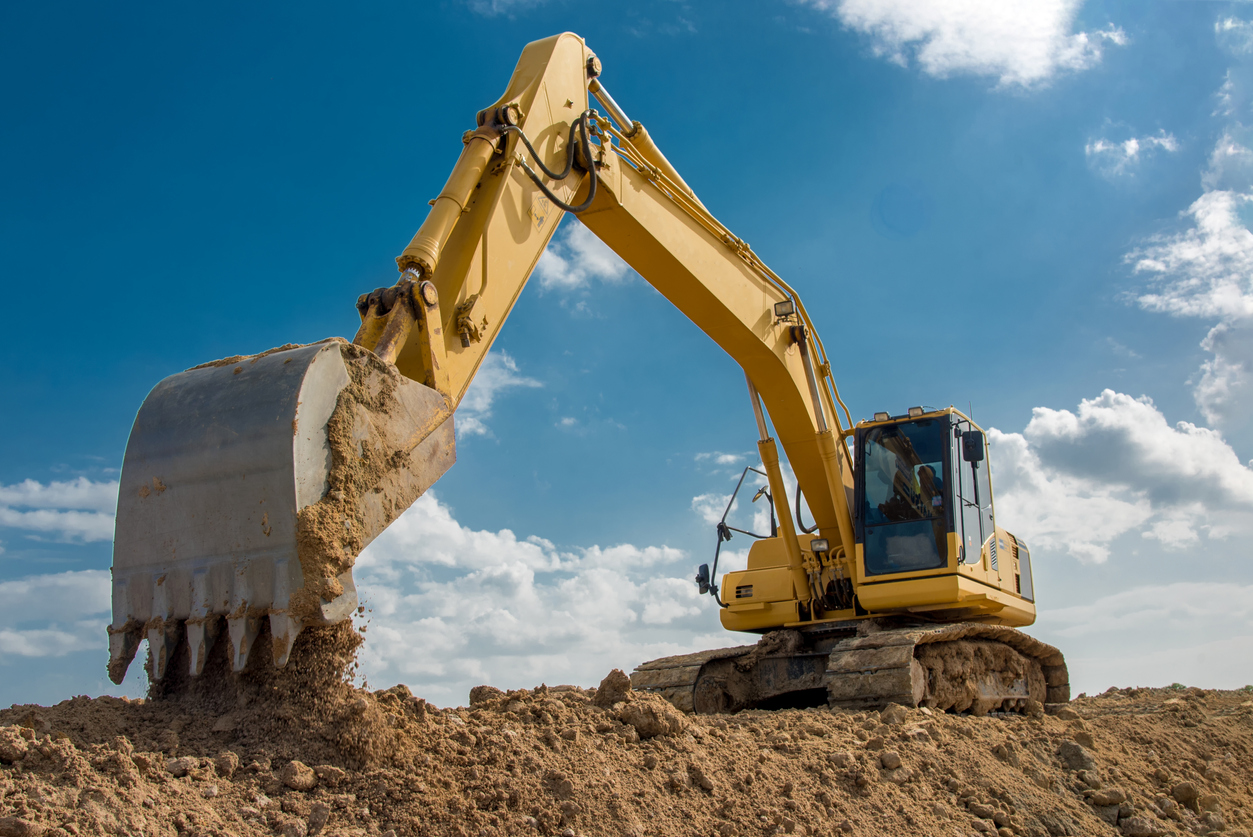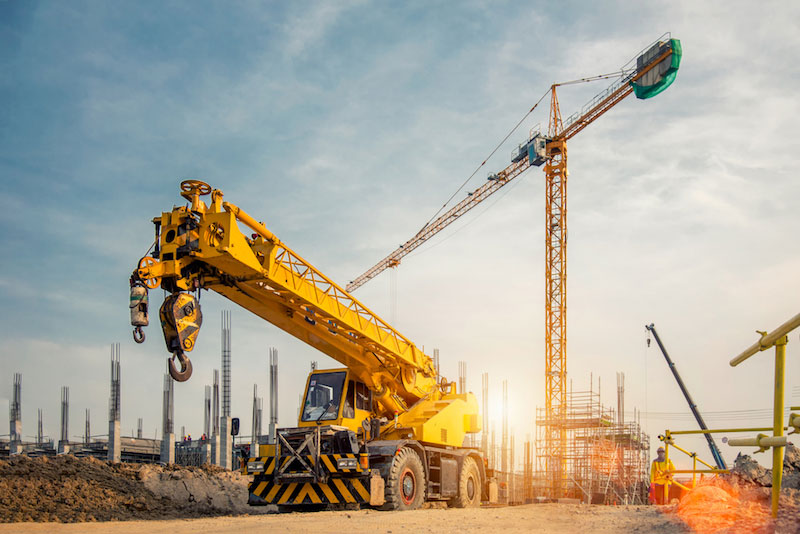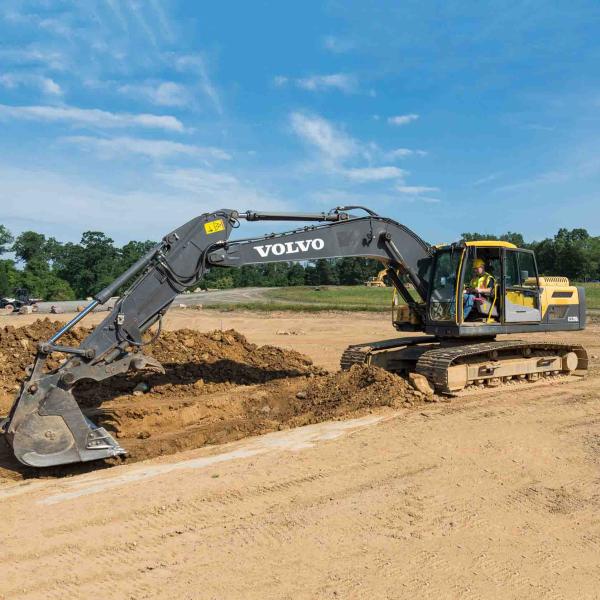How to Pick the Best Skid Steer Loader for Your Construction Rental
Selecting the optimum skid guide loader for your building leasing is a diverse choice that pivots on a complete analysis of your task's unique requirements. Key factors to consider consist of the kind of surface, needed attachments, equipment size, and engine power to stabilize workload performance with fuel consumption. Furthermore, evaluating rental prices from different carriers, while factoring in logistics and insurance, is vital for an economical choice. Prioritizing driver comfort and security functions can significantly boost productivity, but exactly how do you ensure you make one of the most enlightened choice? Let's discover the necessary steps in greater detail.
Evaluate Your Task Needs
When assessing the most effective skid guide loader for your demands, it is essential to first analyze your task needs thoroughly. Consider the nature of the tasks you intend to complete, as this will significantly affect your option. A task including hefty material handling may necessitate a loader with higher lifting capacity, whereas accuracy jobs like landscaping might benefit from a design with boosted ability to move.
Comprehending the surface and spatial restraints helps in selecting a skid steer loader that can operate successfully within these specifications. Furthermore, identify the certain accessories needed for your tasks, such as augers, pails, or trenchers, as different designs support differing add-on types and dimensions.
Moreover, examine the job timeline and regularity of usage. Temporary projects could focus on rental alternatives with flexible terms, while lasting or repeating projects might justify the investment in an acquisition. Ultimately, think about driver comfort and security attributes, as these can influence productivity and minimize downtime. By completely assessing these elements, you can make an enlightened choice that straightens with your job needs, thereby enhancing performance and efficiency.
Determine the Right Size
Choosing the right dimension skid guide loader is essential in ensuring optimal performance and efficiency on your job site. The size of the loader affects not just the ease of maneuverability however additionally the ability and suitability for various construction jobs. To determine the right size, one must consider the nature and scale of the work included. Little to mid-sized loaders are suitable for tight spaces and lighter jobs such as landscaping or household building and construction. These small machines supply exceptional flexibility and are less complicated to transport.
On the other hand, bigger skid steer loaders are developed for heavy-duty procedures. rental company near Bremen GA. They are better matched for comprehensive building and construction websites where higher lift capabilities and added security are required. The physical dimensions of the equipment ought to additionally be taken into consideration, especially in constrained atmospheres where larger equipment may not be functional
In addition, the loader's weight and its effect on the surface ought to be examined. Larger devices can create ground displacement, making them less appropriate for soft or delicate surfaces. By very carefully examining work demands and website conditions, one can choose a skid guide loader that optimizes productivity while minimizing operational constraints.
Evaluate Engine Power

When assessing engine power, take into consideration the kind of workplace and the nature of the jobs the loader will carry out. A higher horsepower engine can handle rugged surfaces and demanding workloads better, minimizing the risk of operational delays and mechanical stress. Additionally, extra effective engines usually offer far better hydraulic performance, which is important for add-ons that need significant hydraulic circulation and pressure.

Consider Accessories
Attachments play a pivotal duty in making best use of the flexibility and capability of a skid guide loader. These adaptable tools can transform a solitary device right into a multi-functional powerhouse with the ability of dealing with varied jobs on a building site. When taking into consideration accessories, it is necessary to examine the specific demands of your job. Typical accessories include containers, augers, trenchers, pallet forks, and brush cutters, each developed to do distinctive features.
Before finalizing your selection, make certain the skid steer loader model you choose is compatible with the accessories you plan to use. Some devices demand greater hydraulic capacities, which must align with the loader's requirements.
Choose for accessories from credible manufacturers understood for their durable construction and durability. Assess the convenience of accessory transition. By carefully thinking about these aspects, you can considerably boost the operational efficiency and versatility of your skid steer loader.

Review Rental Costs
When assessing the economic facets of a skid guide loader, understanding rental costs is extremely important (equipment rental company Bremen GA). Rental expenses can vary dramatically based upon numerous factors, including the duration he said of the leasing, the design and requirements of the skid guide loader, and the inclusion of any kind of extra accessories. It is vital to get a detailed failure of these prices to make sure there are no hidden fees that could impact your spending plan
Begin by contrasting quotes from numerous rental firms to recognize an affordable price. Focus on the terms of each rental contract. Some companies could provide discounts for extensive leasing durations, which can be beneficial for lasting projects. In addition, ask about the expense of choosing and delivering up the devices, as these logistics charges can build up quickly.
Examine the cost-effectiveness of renting out versus purchasing the skid steer loader if your task spans a significant duration. By carefully reviewing rental prices, you can make a well-informed decision that lines up with your economic constraints and job requirements.
Conclusion
Picking the optimum skid steer loader for building and construction rental necessitates a thorough examination of project-specific demands, consisting of surface and required add-ons. Additionally, rental expenses from numerous companies need to be assessed, consisting of logistics and insurance policy considerations.
Picking the ideal skid steer loader for your building and construction rental is a complex decision that hinges on a complete evaluation of your project's one-of-a-kind needs.Prior to completing your choice, guarantee the skid guide loader model you choose is suitable with the attachments you plan to use.When reviewing the economic elements of a skid guide loader, recognizing rental costs is extremely important. Rental equipment hire companies costs can differ significantly based on a number of aspects, including the period of the leasing, the version and Check This Out specifications of the skid steer loader, and the incorporation of any kind of additional attachments.Selecting the ideal skid guide loader for building rental demands a comprehensive evaluation of project-specific demands, including terrain and needed attachments.